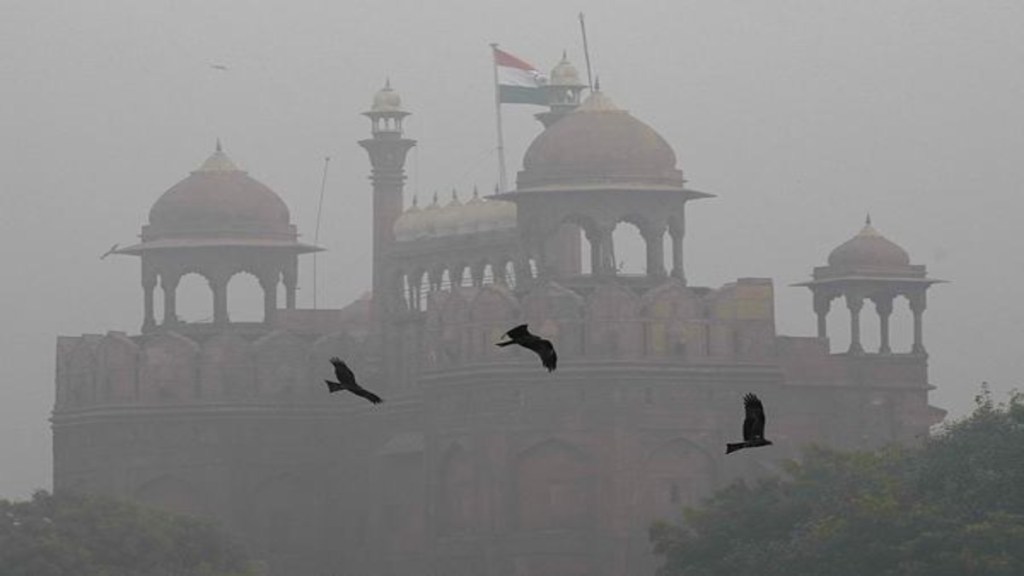A dense, suffocating blanket of smog continued to shroud Delhi on Thursday morning, with the city’s air quality declining since Wednesday when it was already recorded as the most polluted city in India. The air quality index (AQI) in various areas of Delhi dipped to alarming levels, crossing into the “severe” category. According to data from the Central Pollution Control Board at 7 a.m., Anand Vihar recorded an AQI of 473, Dwarka 458, RK Puram 454, Mundka 460, and Chandni Chowk 407.
The crisis on Wednesday marked the first time this winter season that the AQI had dropped into the severe category, significantly reducing visibility and raising health concerns across the city. According to the Commission for Air Quality Management in NCR and Adjoining Areas (CAQM), the severe air quality was partly attributed to an “unprecedentedly dense” fog that trapped pollutants close to the ground, worsening air quality.
However, the CAQM has forecasted that stronger winds expected from Thursday onwards should help disperse some pollutants, likely easing the AQI into the “very poor” category.
A Season of Poor Air Quality
Anumita Roychowdhury, Executive Director of Research and Advocacy at the Centre for Science and Environment, pointed out that while November is typically the period of severe air quality, this year, atmospheric variability delayed this trend. However, Roychowdhury noted that October recorded a higher number of “poor” and “very poor” AQI days compared to previous years, suggesting that overall pollution levels are still trending dangerously high. She explained that while Diwali celebrations often tip the scales with episodic pollution, this year’s Diwali emissions were less impactful due to relatively warmer conditions.
Despite the seasonal dip in temperature and meteorological factors that intensify pollution levels, experts also emphasise that Delhi’s annual emissions remain well above permissible limits. These excessive emissions come from various sources, including vehicular emissions, industrial activities, construction dust, and crop stubble burning in neighbouring states.
Government Measures to Combat Pollution
In response to the deteriorating air quality, the Delhi government has implemented stringent restrictions to curb pollution. Construction and demolition activities have been banned, along with the restriction of older, more polluting vehicles—BS III petrol and BS IV diesel light motor vehicles (4-wheelers)—which are restricted from operating when AQI is forecasted to stay in the “severe” category.
These measures align with the Graded Response Action Plan (GRAP), a multi-tiered approach to air quality management in Delhi-NCR, triggered at various AQI levels. However, while these restrictions offer immediate relief, they are not sufficient to address the root causes of air pollution in Delhi.
A Need for Long-Term Solutions
Despite the restrictions and temporary improvement in air quality, environmentalists and public health experts advocate for comprehensive and long-term strategies to reduce Delhi’s pollution. While efforts like the transition to cleaner fuels, stricter emission standards, and promotion of electric vehicles are underway, the challenge lies in sustainable implementation and enforcement. For Delhi, the road to cleaner air will require a coordinated effort involving policy reform, public awareness, and continued regional cooperation.
As the national capital waits for stronger winds to provide some relief from the hazardous pollution levels, it’s a reminder of the pressing need for proactive measures. Unless emissions are controlled year-round, Delhi is likely to continue facing an annual pollution crisis that puts millions of lives at risk.

